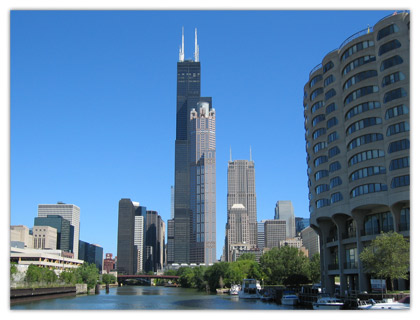
All seven files (the original and the six upscaled versions) were then uploaded to Printique‘s website and printed on metallic paper and then mounted on foam core.This down sampled file was then up-sampled back to 9000 x 6000 pixels using the six different methods mentioned above.The down sampling was done in Photoshop using the default parameters in the image resize dialogue box. The original file was then down sampled by a factor of 4 in the longest dimension to a resolution of 2250 x 1500, resulting in just a 3.375 MP file.The original image is a 9000 x 6000-pixel file (54 MP) RAW with the default sharpening of “20” applied in Lightroom and saved in high quality (level 10 JPEG) from Photoshop.Let’s first go over a few basic ground rules and parameters for this showdown. Manual upscaling simply by dragging the corner handles of the image in Photoshop.

You’ll see in 4K resolution how the files look - first on screen, then in the final print. The six methods I’ll be comparing are: You can also watch the Adorama TV video below which includes a step by step through the downscaling and upscaling process. I’ll also compare all those prints to a print made from the original, high-resolution file.
/001-how-to-resize-layer-photoshop-4687023-5375c03f4cbf4befa83850a352403a0d.jpg)
In A Beginner’s Guide to Professional Photo Printing, I offered some fundamental tips to get the most detailed and color accurate prints for your images. I brought up the concept of upscaling photos. This time, I want to compare how six different methods of upscaling affects the final print quality. You’ll see a mixture of conventional and machine learning (AI) methods.


In this article, I’m going to examine the effects of upscaling photos on final print output using a few of the most current popular methods. There’s so much information out there about upscaling photos “properly.” Most methods concentrate on how the files look on the screen viewed at 100, 200, or 300 percent.


 0 kommentar(er)
0 kommentar(er)
